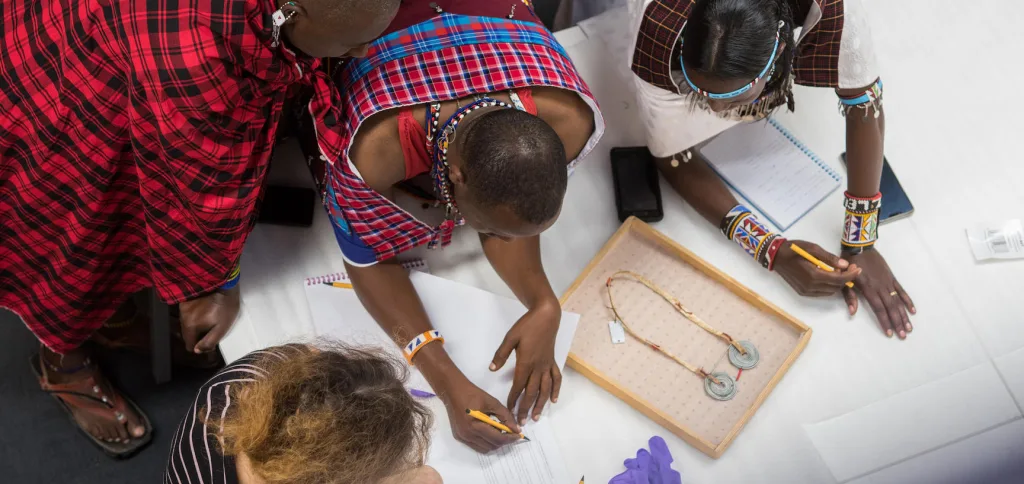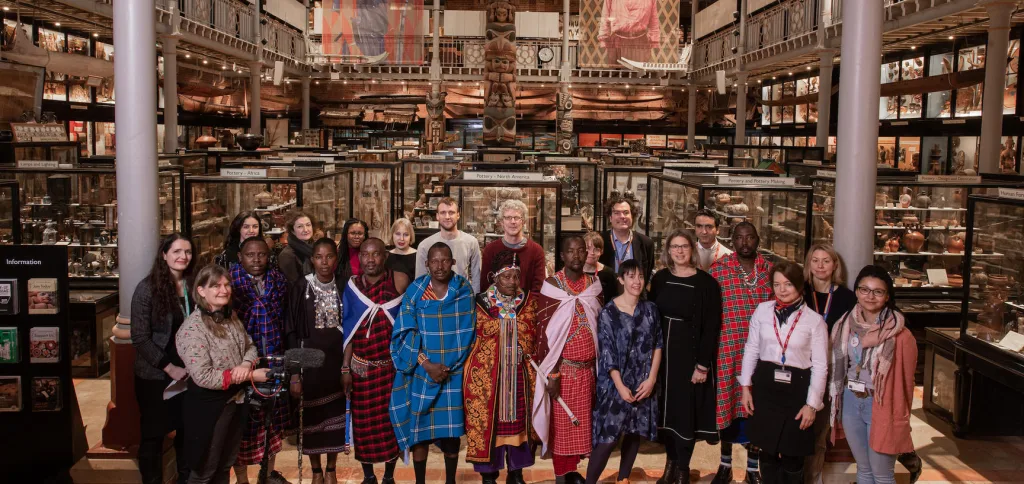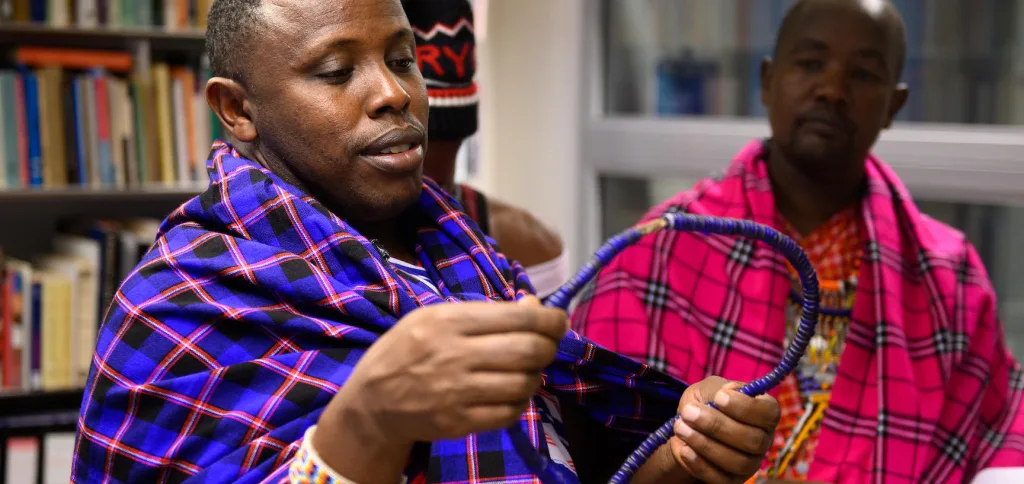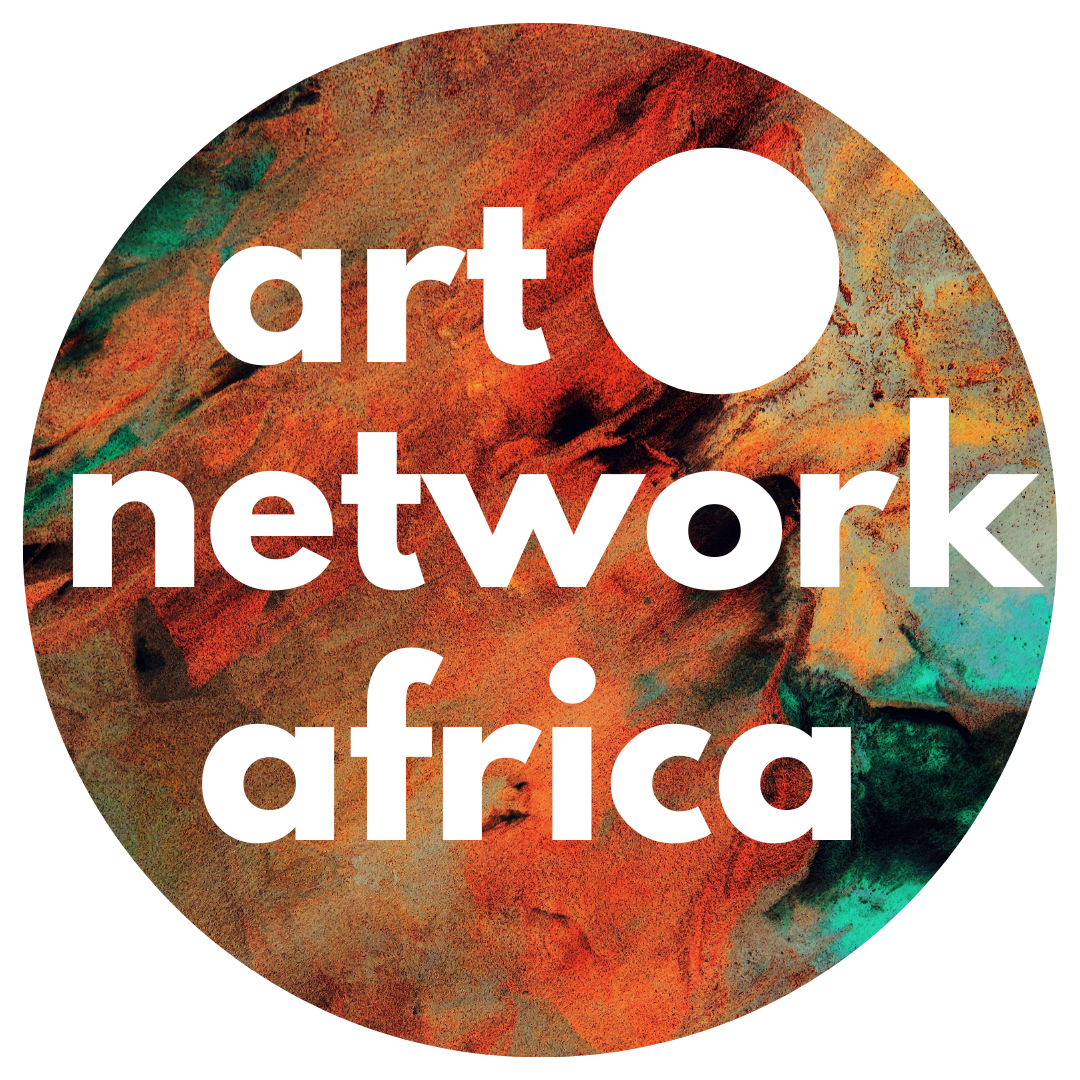The handover of Maasai heirlooms at Oxford’s Pitt Rivers Museum has reignited debate about colonial appropriation and restitution. In a ceremony blending tradition and reconciliation, representatives presented the artifacts, taken over a century ago, to the Maasai.

The heirlooms—key symbols of Maasai heritage—were discovered in the museum’s collection in 2017 by activist Samwel Nangiria. His outrage over their presence and mislabeling spurred the Living Cultures Project, a collaboration between the Maasai community, the museum, and the Staples Trust. The museum holds 188 Maasai items from Kenya and Tanzania.

Traditional Maasai practices played a central role in the reconciliation process. Spiritual leader Lemaron Ole Parit used an enkidong (a divination tool) alongside oral histories to identify descendants, bypassing incomplete colonial records. Yet, while these efforts earn praise as groundbreaking, they expose the minimal progress made in addressing the broader issue of cultural dispossession.

While the museum praised the event as a milestone in “epistemological equity,” critics view it as a symbolic gesture falling short of true justice.
The museum’s decision to retain the artifacts underscores a contentious reality: Western institutions still hold the power in restitution debates. While the project revived the Maasai council of elders and introduced female leadership for the first time, tangible reparations remain limited. A symbolic offering of 49 cows per family, while culturally significant, does little to address the ongoing land evictions and socio-economic challenges facing the Maasai in East Africa.

The project revived Orkiaama, the traditional Maasai council of elders, which colonial authorities had dismantled in the early 20th century. This modern iteration, guided by the Pan African Living Cultures Alliance (PALCA), now includes both male and female leaders from the 25 remaining Maasai sections. Ruth Sintamei Kilusu, a project advocate, praised the inclusion of women, calling it a transformative step for Maasai leadership.

The Maasai delegation concluded their visit to Oxford in 2024 by deciding to leave the artifacts in the museum. They requested proper acknowledgment of their history, emphasizing, “These artifacts were not acquired or collected—they were taken,” Nangiria insisted. While some Maasai remain critical of this decision, the delegates believe the items can educate the world while symbolizing a new chapter of mutual respect.
The Maasai delegates left more than their heirlooms in Oxford; they left their ancestors’ names and stories. The museum pledged to add these details to its records to preserve the objects’ histories. For the Maasai, this journey represents not only a reconciliation with the past but also a step toward addressing pressing issues such as land evictions in East Africa.

As Nangiria reflected, the project’s impact extends far beyond cultural restoration—it has rekindled the bonds of a fractured community and reminded the world of the enduring strength of the Maasai people. “These items have brought us together,” he said, envisioning a future of healing across continents and generations.
As the artifacts remain on display in Oxford, the question further persists: is acknowledgment enough, or does justice demand full restitution?


